Properly sauteing your soup veggies
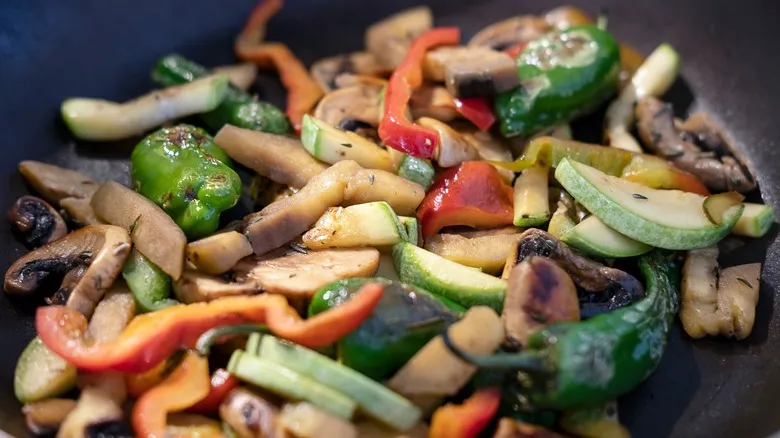
The distinction between a decent soup and an irresistible one often lies in the sautéed vegetables, making it essential to master this technique. The first step is to identify which ingredients can endure being heated twice without turning unpleasantly mushy. As previously noted, mirepoix is an excellent choice, as carrots, celery, and onions are all relatively firm and crisp. Other suitable options include broccoli, cauliflower, and even cubes of winter squash, such as butternut or acorn.
Once you've selected your vegetables for sautéing, chop them into fairly uniform pieces to ensure even cooking. Cutting them into larger chunks (about the size of a nickel) allows the vegetables to develop rich flavors in the pan without becoming tender too quickly. Smaller pieces may cook through and turn mushy after simmering in the soup. It's also crucial that your pan is spacious enough to accommodate a single layer of chopped vegetables, as overcrowding can lead to steaming rather than browning.
Using the right amount of oil for sautéing is equally important. You only need a small amount—just enough to lightly coat the bottom of your pan. This allows the vegetables to make contact with the cooking surface without sticking, helping them achieve that delicious dark crust. Once everything is sautéed to perfection, your vegetables will be ready to add a burst of flavor to hearty chili, creamy bisque, or savory chicken stew.
Recommended
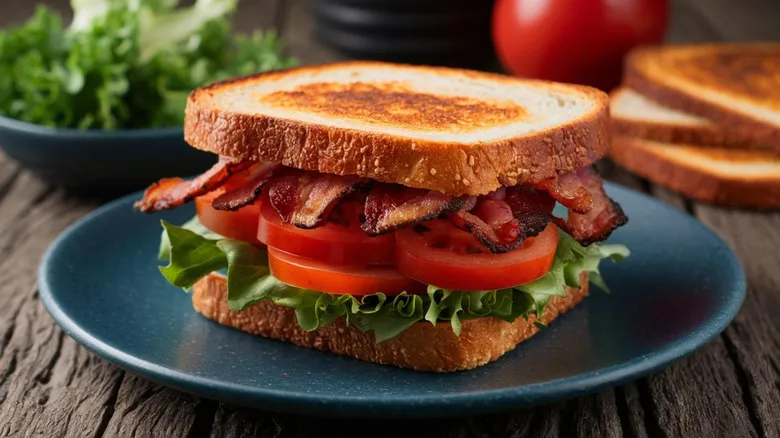
Beefsteak Vs Heirloom Tomatoes: Which Is Best For A BLT?
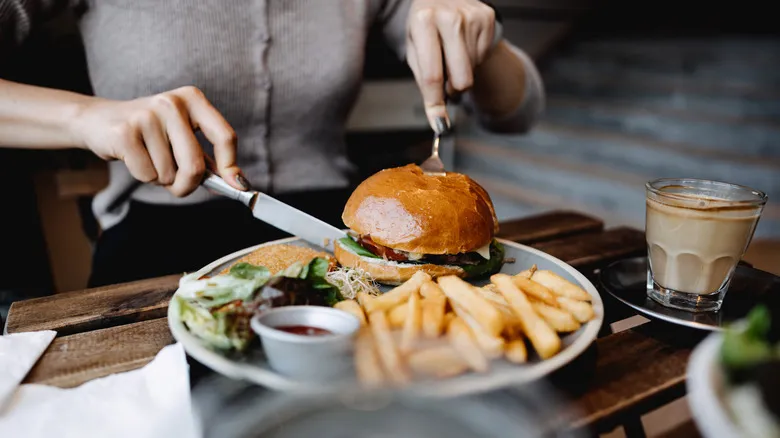
The Case For Eating Your Burger With A Fork And Knife
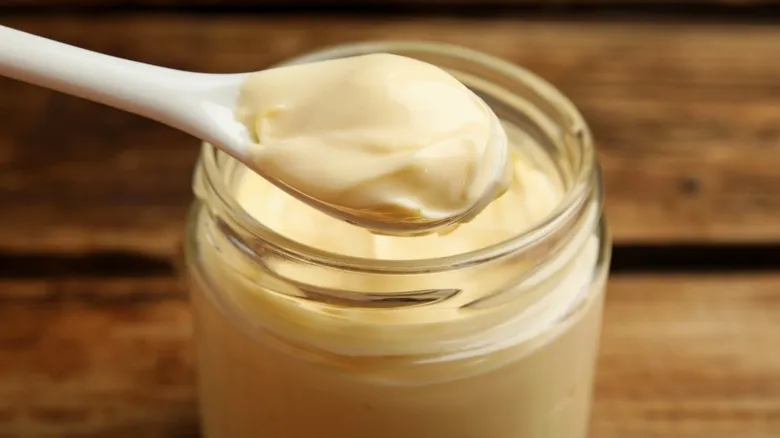
The Mayo Brand Considered The Best Among Chefs
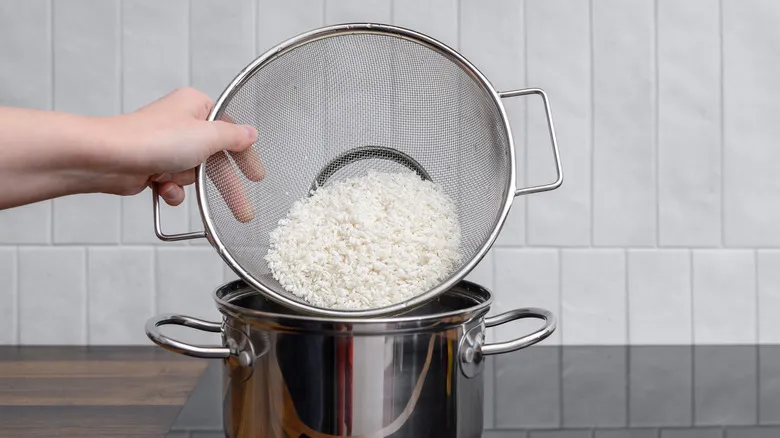
How To Add More Flavor To Grains Using Tea
Next up

